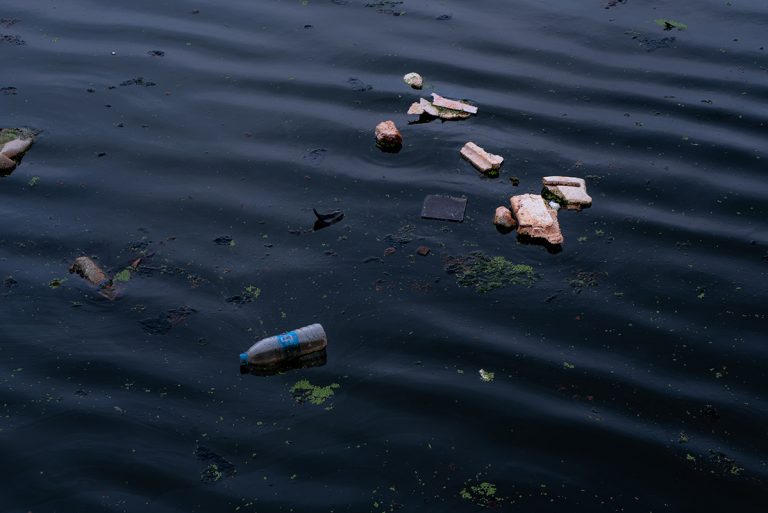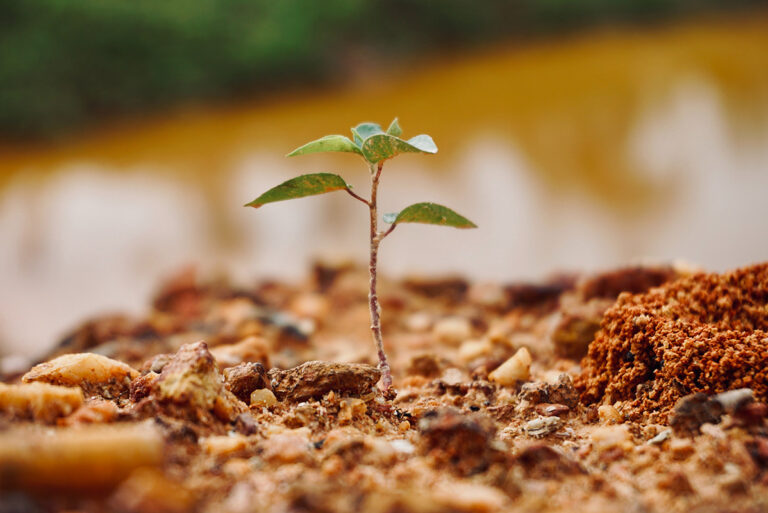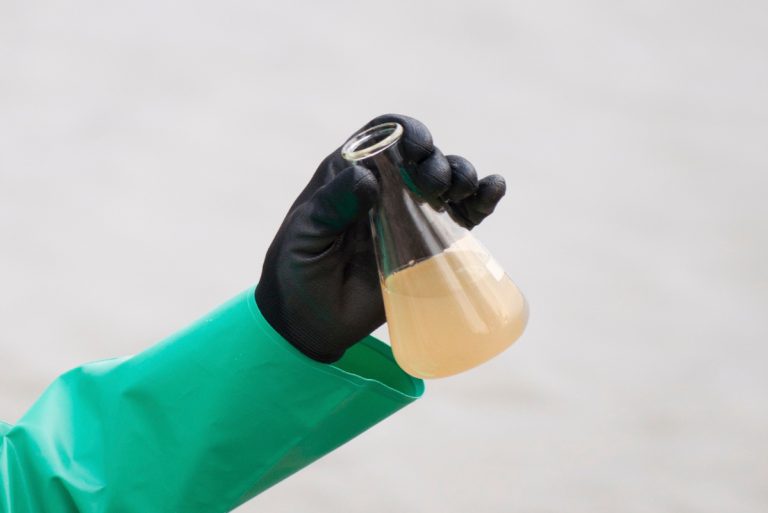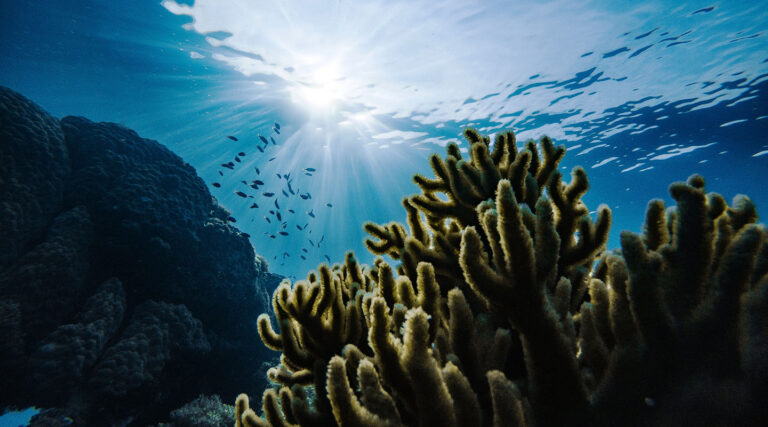When high levels of certain chemicals and bacteria enter bodies of water and waterways, they are considered polluted. These pollutants render the water unusable for drinking, cooking, swimming, and cleaning. This is because water is a universal solvent that can dissolve more substances than any other liquid on earth.
When pollutants dissolve in our waters, whether groundwater or surface water, they harm aquatic life, cause diseases in humans, and can contaminate drinking water supplies. Over time, marine ecosystems are damaged and can even be unable to support plant and animal life.
These are only some of the effects of our polluted waters – these 20 facts about water pollution are shocking and may teach you something about the global impacts of water pollution.
20 shocking facts about water pollution
Water pollution is primarily caused by human activity, whether industrial and agricultural operations, or global warming. Around the world, however, the water crisis is reaching dire levels, and the negative effects of water pollution are being measured by government agencies, research organizations, and climate coalitions.
These shocking facts about water pollution may surprise you, teach you something new, and inspire you to take action to find ways to prevent water pollution.
1. Experts estimate that 1.2 trillion gallons of untreated sewage, stormwater, and industrial waste are dumped into US waters each year
On land, human activity produces a large amount of contaminated substances, from untreated sewage, to waste that results from agricultural or industrial processes. Often, chemical byproducts of processes like textile manufacturing seep into soil and make their way into our waters.
Untreated sewage contains biological pollutants like bacteria and pathogens. Stormwater drains also carry waters that contain contaminants like fertilizers into nearby rivers, lakes, and waterways, where they are dumped.

2. Each year, sewage treatment systems release more than 850 billion gallons of untreated wastewater
Our sanitary sewer systems collect wastewater and are owned by a state or municipality. They are specifically designed to collect and convey sanitary wastewater, but often, they are old and overflow easily.
The EPA estimates that between 23,000 and 75,000 sanitary sewer overflows occur each year in the U.S., releasing between 3 billion and 10 billion gallons of untreated wastewater into larger bodies of water. These overflow events can contribute dangerous contaminants to local drinking water supplies.
3. About half of U.S. water is too polluted for swimming, fishing, or drinking
The Environmental Integrity Project (EIP) conducted research that found that more than 700,000 miles of U.S. waterways and about 51% of assessed river and stream miles are impaired by pollution.
In addition, another 55% of lake acres and 26% of estuary miles are also polluted. These bodies of water contain pollutants that pose a danger to swimmers, and consuming their water or fish could put individuals at risk of certain diseases caused by water pollution.
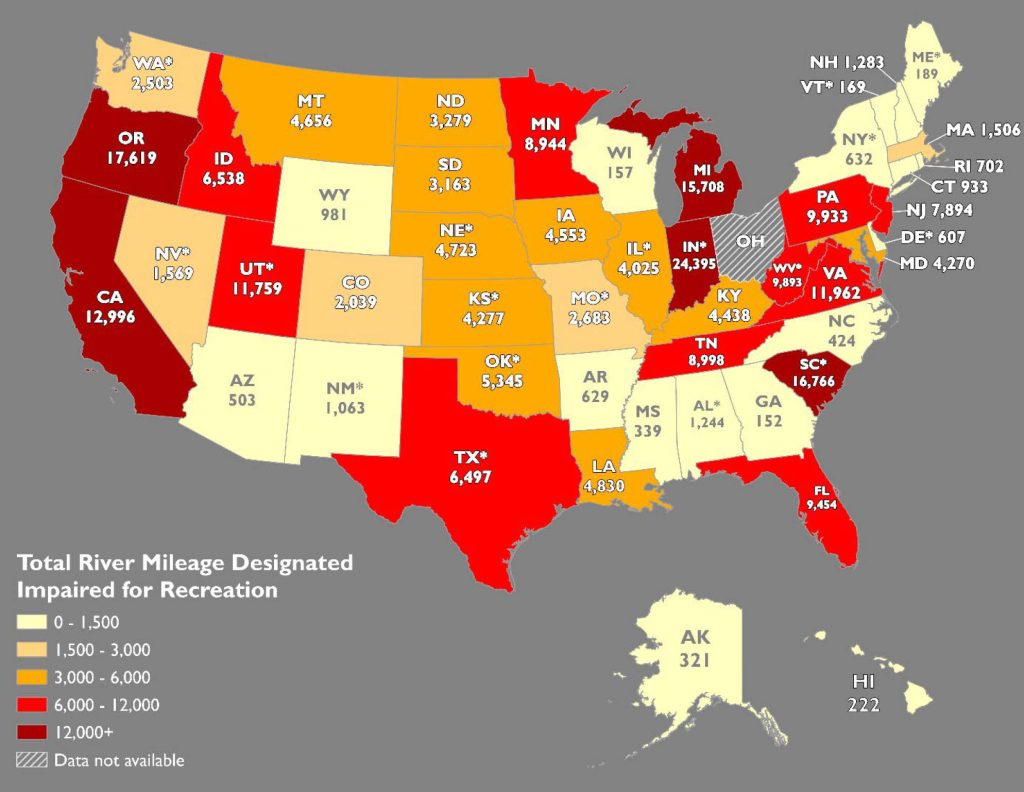
Source: Environmental Integrity Project
4. Unsafe water kills more people each year than war and all other forms of violence combined
This shocking fact about water pollution illustrates how important access to safe, uncontaminated drinking water is. Around the world, water pollution is mainly responsible for causing diseases that affect the digestive system or cause human infectious diseases.
However, these diseases can often be deadly, especially for the vulnerable. Polluted water can cause a large variety of health issues, from typhoid and cholera to hepatitis and hookworm. Unfortunately, people around the world fall victim to these conditions because they lack access to clean drinking or bathing water.
6. In the U.S., the state of Indiana has the dirtiest waterways
In Indiana, 24,395 total miles of rivers and streams are considered impaired for swimming and recreation. Additionally, almost all Indiana’s lakes and reservoirs were sampled and deemed unfit for drinking water.
The main reason? Manure runoff from large animal farms (concentrated animal feeding operations). This type of pollution is not addressed by the Environmental Protection Agency’s (EPA) Clean Water Act, making it a large problem for residents of the state and their water treatment facilities.
7. There are approximately 542,000 underground storage tanks in the United States that store petroleum or hazardous substances
Storage tanks are used across the U.S. to store gasoline, oil, chemicals, or other liquids and can be buried underground or above ground. It’s estimated that more than 10 million storage tanks are buried nationwide.
Over time, however, these tanks can corrode, crack, and develop leaks. Until the mid-1980s, most tanks were made of bare steel, which is highly likely to corrode over time and allow the potentially harmful contents of these tanks to leak into groundwater and drinking water supplies.
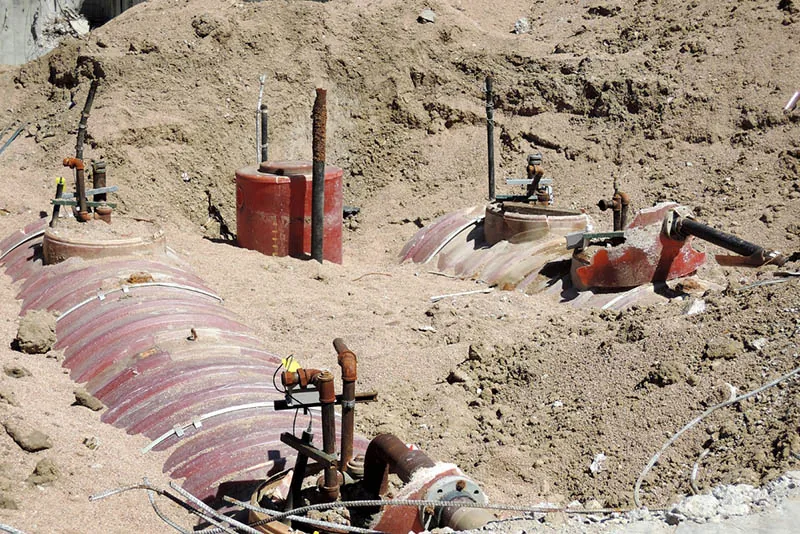
8. Studies predict that up to 1 in 3 people will be exposed to high risk of water pollution by the year 2050
By 2050, up to 1 in 3 people will be exposed to a high risk of water pollution from increased amounts of nitrogen and phosphorus. Additionally, up to 1 in 5 people will be exposed to a high risk of water pollution reflected by increased levels of biochemical oxygen demand, according to global study by the International Food Policy Research Institute (IFPRI) and Veolia.
Water quality is expected to continue declining over the next several decades due to increased global population, increased effects of climate change, and many more factors that cause water pollution. These high levels of contaminants in our waters will cause increasingly negative health, economic, and environmental impacts.
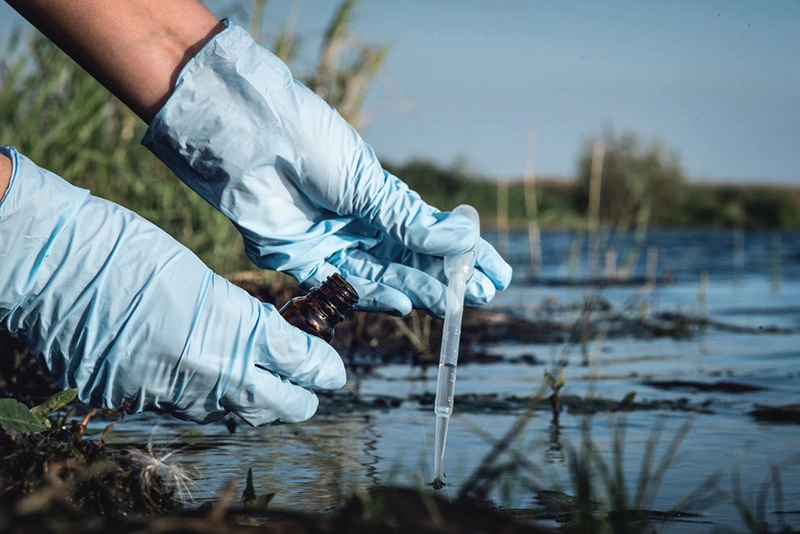
9. About 7.2 million Americans get sick every year from diseases spread through water
A 2014 study conducted by the CDC found that 17 waterborne pathogens spread through water caused an estimated 7.15 million illnesses, 118,000 hospitalizations, and 6,300 deaths in the United States.
The study included illnesses from drinking water, swimming or recreational activities, and environmental water exposures. Germs that cause some deadly respiratory diseases can grow in drinking water distribution systems, pipes inside homes and buildings, recreational water venues, and industrial water systems.
10. In 2000, the EPA estimated that nearly 36 million Americans drank water containing arsenic at or above 3 parts per billion.
Arsenic is commonly found in natural deposits in the earth or as a result of industrial and agricultural pollution. Too much arsenic, however, can cause health issues for those that drink water contaminated with it.
Arsenic can cause nausea and vomiting, decreased production of red and white blood cells, abnormal heart rhythm, and damage to blood vessels.
11. Bathing in contaminated water can cause several health problems
Polluted waters are not just unsafe for drinking and aquatic life – bathing in contaminated water in your home can cause several health problems. These include swimmer’s itch, gastroenteritis, eye, ear, and throat infections, and legionellosis.
Blue-green algae blooms can also cause health problems – swimming or bathing in these waters can result in symptoms like stomach aches, diarrhea, vomiting, headaches, and fevers.
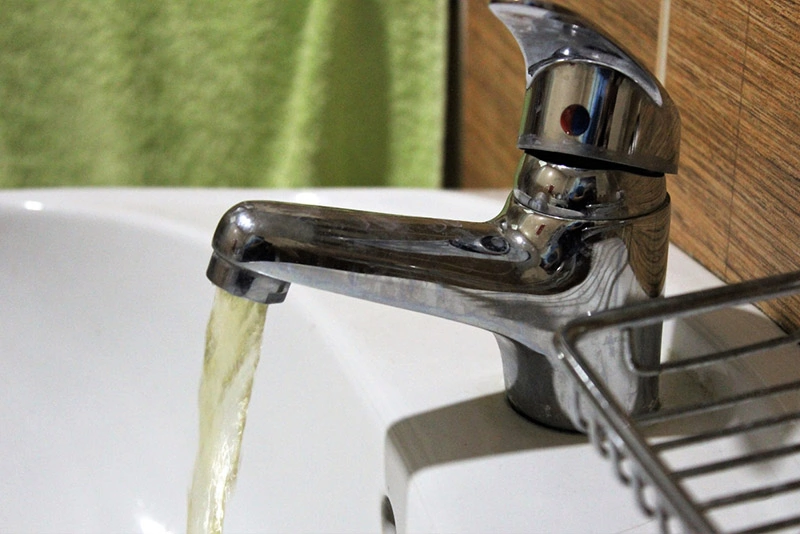
12. In 2015, nearly 77 million Americans got drinking water from systems that violated federal protections
Further, the Natural Resources Defense Council (NRDC) found that more than a third of these 77 million people relied on systems that did not comply with standards put in place to protect health.
Around the country, water suppliers failed to test water safety or didn’t report these contamination test results to the authorities or customers. Thus, millions of Americans’ were drinking water that could pose serious health risks to them and their families.
13. Florida has the most polluted lakes in the United States
As a state that experiences many tropical storms and hurricanes, this fact about water pollution may not surprise you. Florida’s waters are polluted by contaminated stormwater and also algae blooms caused by nitrogen and phosphorus in fertilizer runoff from farms and yards.
Out of all the U.S. states, Florida has the highest total acres of lakes too polluted for swimming or healthy aquatic life. These waters contain high levels of bacteria, fecal matter, or other contaminants that damage the health of animals, plants, and people.
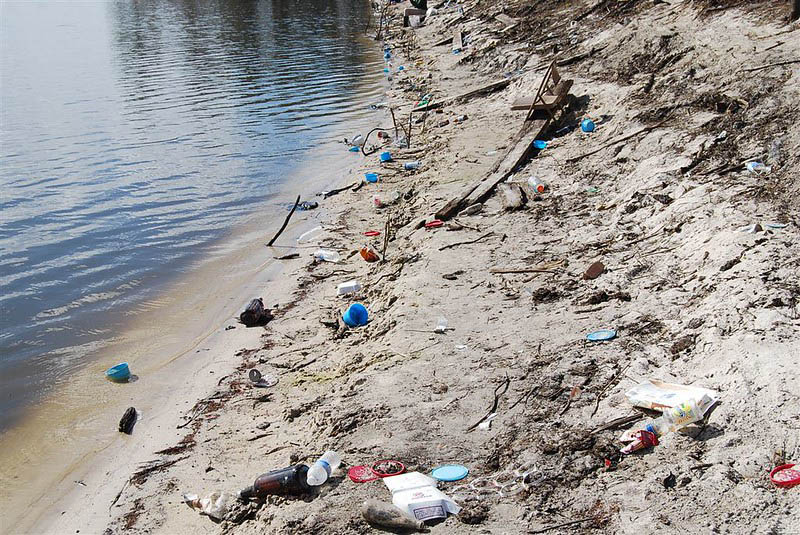
Source: Flickr / Florida Fish and Wildlife
14. Today, over 2 billion people live in water-stressed countries
A full 25% of the world’s population is facing water stress and scarcity. Water stress is a broad term that means there is not enough potable water in a country to meet demand.
This accounts for the amount of water that is available, the quality of the water, environmental factors that determine a country’s future water availability, and public management of water infrastructure.
Today, countries like Nepal, Lebanon, Pakistan, and Syria are living with water stress and scarcity, among many others worldwide.
15. Between 2009 and 2010, the Centers for Disease Control and Prevention (CDC) counted 81 disease outbreaks in the U.S. tied to recreational waters
The CDC measured the number of outbreaks that began in treated recreational waters like pools and hot tubs, and or untreated recreational waters like lakes and oceans.
Among the 24 outbreaks associated with untreated recreational water, 46% were confirmed or suspected to have been caused by cyanobacterial toxins, otherwise known as blue-green algae blooms, which are caused by excess nitrogen and phosphorus in waters. These pollutants can clearly cause real damage in recreational waters.
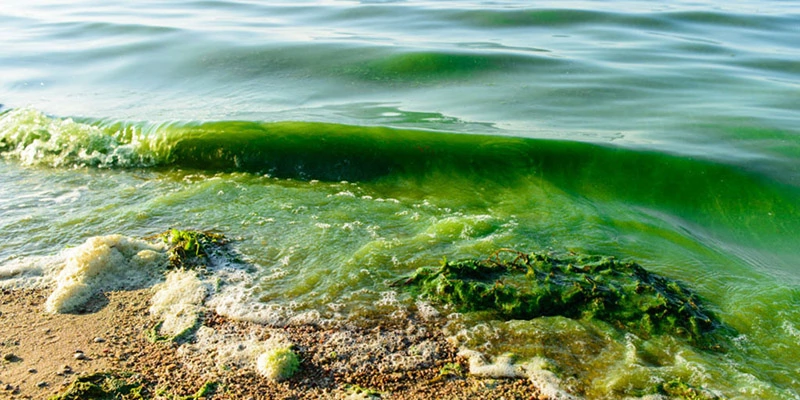
Source: National Institute of Environmental Health Sciences
16. In some developing countries, 70% of industrial wastes are dumped untreated into waters
According to the United Nations’ World Water Development report, each year, tons of contaminated accumulated wastes from industrial production are dumped into freshwater supplies. These wastes can be toxic and include heavy metals, solvents, and toxic sludge.
Chemical byproducts from industrial processing are also frequently dumped into bodies of water. Once a drinking water supply is contaminated with one or some of these substances, it is no longer usable. This puts already vulnerable populations at risk for increased disease.
17. It’s estimated that more than 10 million tons of plastic is dumped into our oceans every year
When landfills worldwide aren’t managed adequately, single-use plastics like straws, bottles, and wrappers often end up in our oceans. This poses a significant threat: studies estimate there are now 15 to 51 trillion pieces of plastic in our oceans worldwide, and plastic pollution is present in every square mile of the ocean surface.
Plastic pollution in our oceans typically groups up into garbage patches, or areas where waste accumulates and floats. The Great Pacific garbage patch is the most significant accumulation between Hawaii and California.
18. The Mississippi River carries an estimated 1.5 million metric tons of nitrogen pollution into the Gulf of Mexico each year
Each summer, this pollution creates a dead zone in the Gulf that spans the size of New Jersey. This is the largest dead zone located in the United States, about 6,500 square miles. Dead zones are areas of water bodies where aquatic life cannot survive because of low oxygen levels.
These dead zones are caused by excess nitrogen and phosphorus, which cause an overgrowth of algae in the area. The algae consume oxygen and block sunlight from underwater plants; when the algae eventually dies, the oxygen in the water is consumed.
19. In 2020, 74% of the global population, 5.8 billion people, used a safely managed drinking water service
The United Nations measured this number of the global population whose drinking water was located on the premises, available when needed, and free from contamination.
The remaining 2 billion around the world without safely managed services in 2020 included:
- 1.2 billion people whose water source was located within a round trip of 30 minutes,
- 282 million people whose water source required more than 30 minutes to collect water,
- 368 million people that sourced water from unprotected wells and springs, and
- 122 million people collecting untreated surface water from lakes, ponds, rivers and streams.
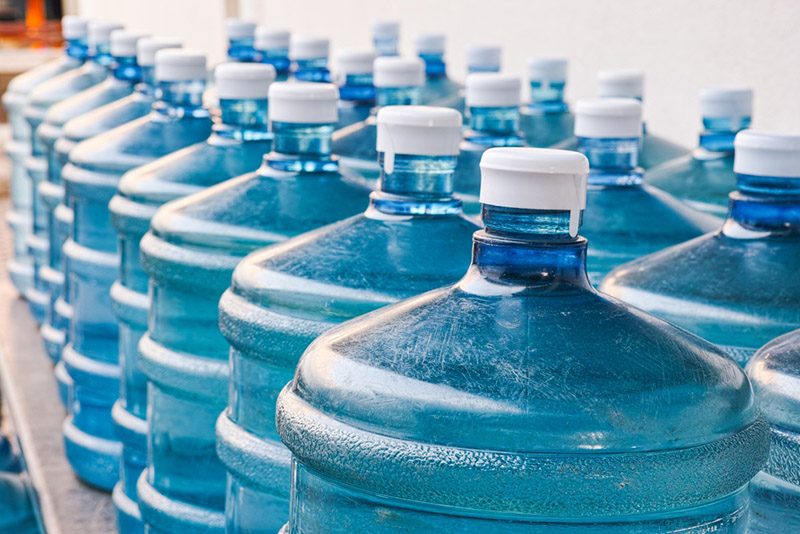
20. Nearly 50% of the estimated 1 million tons of oil that makes its way into marine environments each year comes from land-based sources such as factories, farms, and cities
This fact about water pollution may surprise you: most of the oil that pollutes our waters does not come from tanker spills. Tanker spills only account for about 10% of the oil that is in waters around the world.
Regular operations of the shipping industry contribute about one-third of the oil. Interestingly, oil is also naturally released from under the ocean floor through fractures known as seeps.
Wrap up on facts about water pollution
These facts about water pollution illuminate how systems around the world release contaminants into our oceans, how pollution affects human and aquatic health, and more.
If you’re inspired to take action by these shocking facts, there are several steps you can take to reduce water pollution in your personal life and home. Making greener choices over time can help improve the environments you live in, whether it be bodies of water in your community, reducing waste, or lessening air pollution.
